Bear farming in China
Some 20,000 bears are farmed for their bile on dozens of farms to sate the demand of the US$1 billion bear bile industry in China.
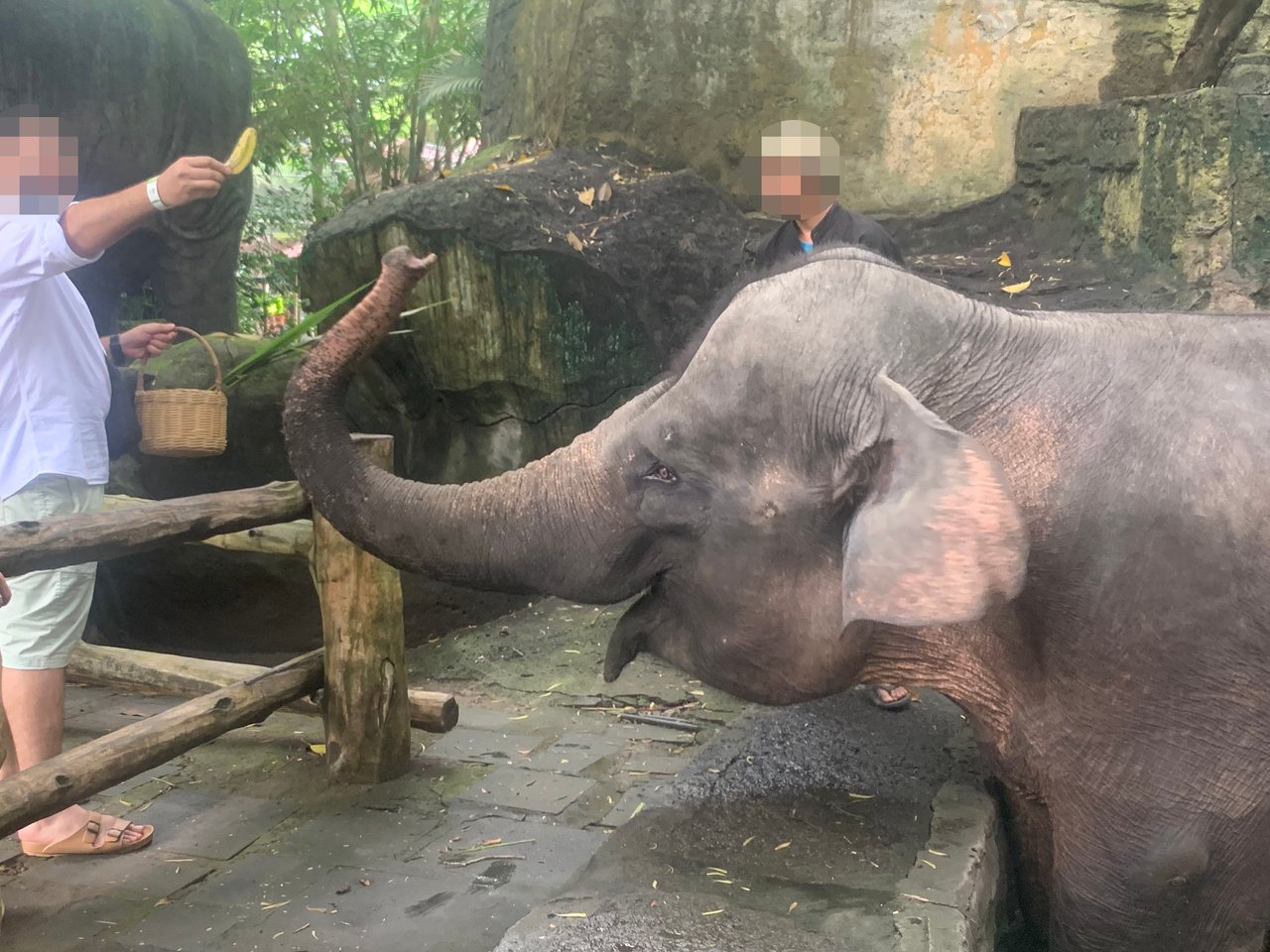
Millions of wild animals are traded as pets, used as entertainment or tourist attractions, and turned into ornaments, luxury food, fashion products or traditional medicine.
Our research suggests that billions of wild animals are used to satisfy the demand for these industries after being confined at commercial facilities known as wildlife farms their entire lives. Commercial wildlife trade is worth billions of US dollars every year.
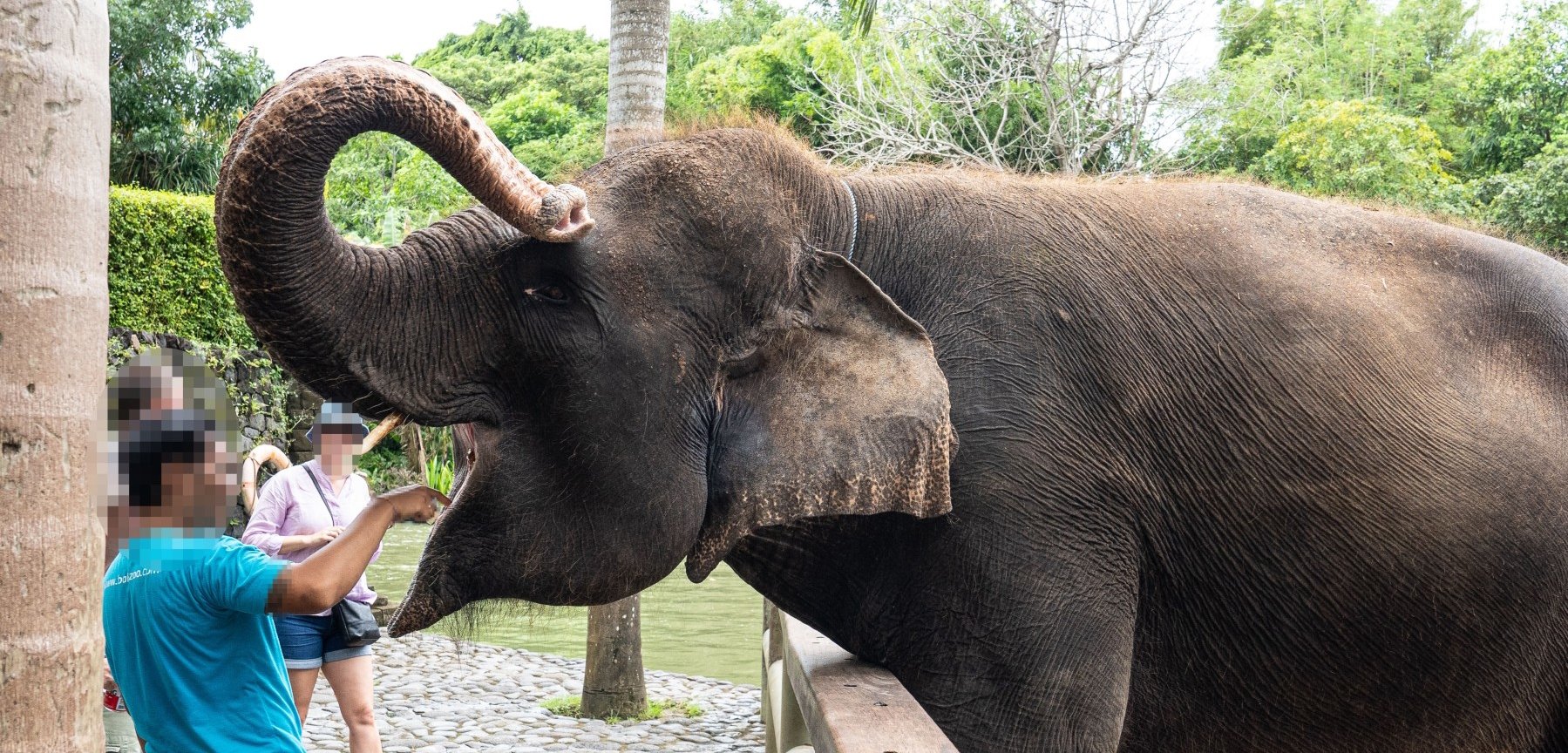
Elephants bred for the tourism industry are suffering on a daily basis
An entire industry has grown around elephant tourism in Thailand and it is growing rapidly – in the last decade there has been a 70% increase in the number of elephants used at tourist venues across the country. But the truth is that elephants suffer on a daily basis to entertain tourists. Please sign our petition asking the Thai government to put a breeding ban in place that would stop more elephants being born into a life of chains and hooks for tourist entertainment.
Sign the petition now‘Wildlife farming’ is the breeding and raising of wild animals to sell live animals or their products for commercial gain. We include both the ranching (taken from the wild as eggs or young and raised in captivity) and breeding of wild animals for commercial purposes in this definition.
An estimated 5.5 billion wild animals are being kept in cruel conditions on commercial wildlife farms, making billions of dollars through the wildlife trade.
This is an estimate (likely a conservative one) because of the striking lack of transparency and monitoring in this exploitative global industry. What is clear is that this trade represents wild animals suffering at an enormous scale. It involves high numbers of wild animals, including bear, mink and lions, living in cramped, unhygienic conditions, causing injuries and disease.
Not only is this extreme cruelty but it also puts their caretakers and the public at risk of zoonotic diseases - potentially to pandemic proportions. The transmission of COVID-19 at fur farms gives a very real and recent example of this.
These wild animals are bred for exploitation with very little evidence to support claims by some conservationists that breeding programmes fulfil the demand for wildlife products and reduce pressure on wild populations.
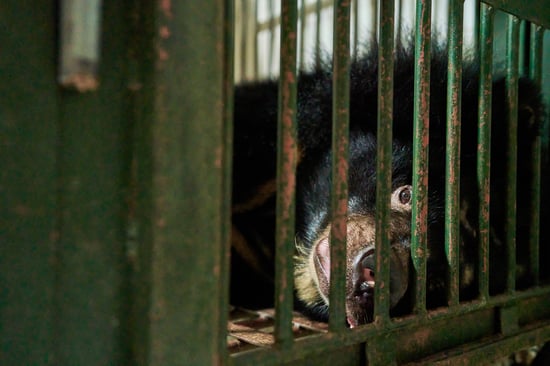
Some 20,000 bears are farmed for their bile on dozens of farms to sate the demand of the US$1 billion bear bile industry in China.
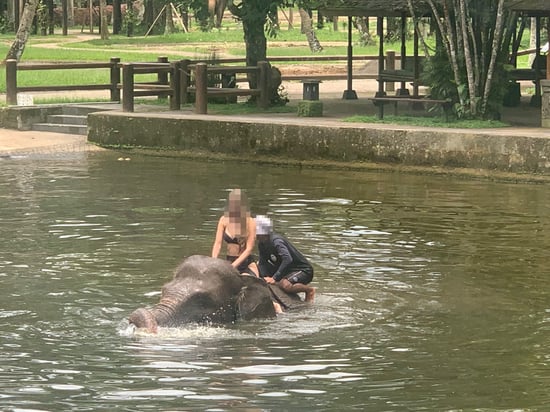
The majority of nearly 3,000 elephants are bred in captivity and trained to take part in tourist interactions in 246 venues, generating between US$581 to US$770 million annually. Please help us end the breeding of elephant for the tourism industry in Thailand.
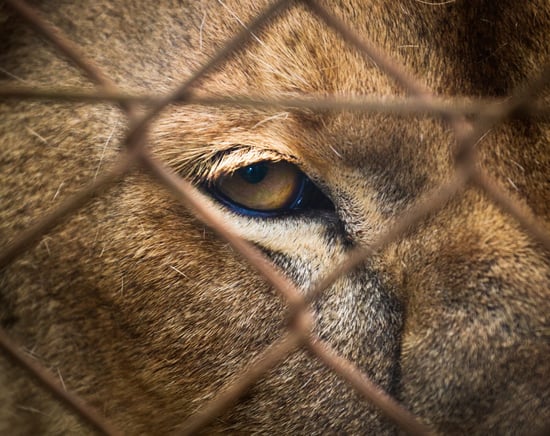
Approximately 8,000 big cats are bred at 366 known facilities and used for multiple purposes in the US$43 million industry, including for tourist entertainment, trophy hunting and body parts exported to Asia for traditional medicine.
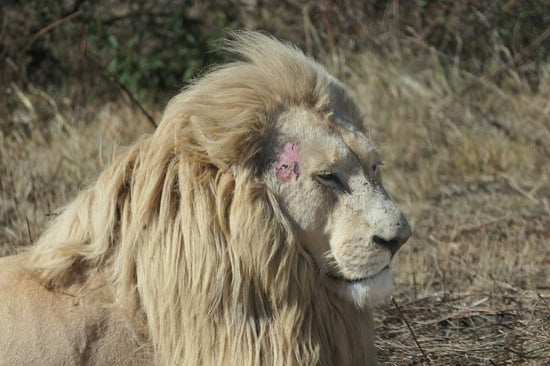
Read our full report on global wildlife farming.
Read our report